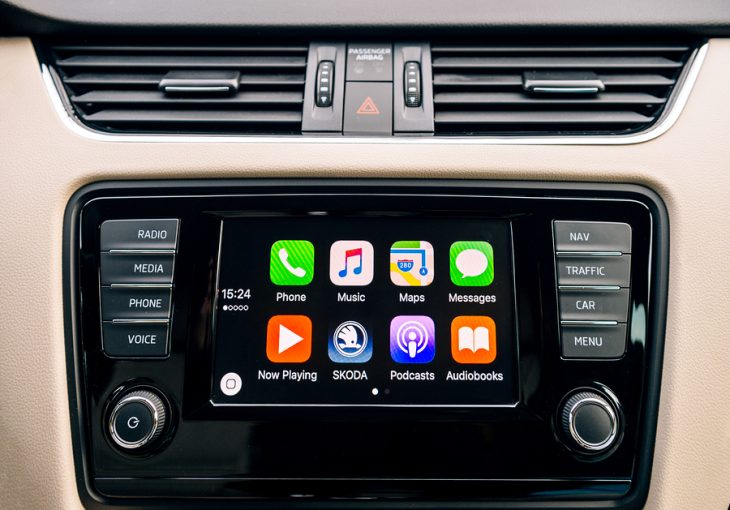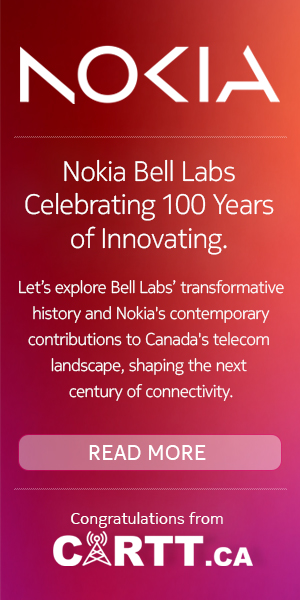
TORONTO — Satellite radio. Hybrid radio. Embedded modems. Android Auto. Apple CarPlay. Amazon Alexa. The hardware and software components of infotainment systems in new connected cars are becoming as varied these days as the car models themselves. The one constant in today’s in-car infotainment centre stacks is that the traditional AM/FM dial has lost its dominance.
Despite AM/FM radio having been relegated to the back seat, or as just one app of many in-car audio options, stations must act now to re-assert its relevance in the connected car, according to Roger Lanctot, director of automotive connected mobility for Strategy Analytics, a market research firm based in Boston. Lanctot spoke at last week’s Radio Interactive Summit held during Canadian Music Week at the Sheraton Centre in downtown Toronto.
Currently, the in-car infotainment systems trend is toward a greater use of the embedded modems in connected cars, with hybrid radio solutions that bring together broadcast and streaming content. However, every car maker seems to want to put its own spin on in-car infotainment.
“It’s a hotly contested subject,” Lanctot said. “The carmakers are wrestling with this, and all of their suppliers are wrestling with this. It’s a significant transformative experience for safely engaging with drivers and passengers in cars, and not completely handing over this entire experience to what I call ‘the A-Team’, which would be Alphabet, Amazon and Apple.”
Alphabet’s Android Auto and Apple’s CarPlay are mobile apps which stream content in cars via the smartphone, or with their own SIM card connected to wireless networks. Embedded modems means drivers won’t need to rely on their mobile phones to stream their favourite audio content.
“That’s both good news and bad (for the radio industry), because that means Spotify is streaming over the embedded device in the car, it… is an embedded experience in the car,” Lanctot said.
The infotainment centre stack is the most valuable real estate in the car, he added, calling it “the ultimate pay-to-play to get into the dashboard.” When satellite radio functionality was first introduced into cars years ago, companies such as SiriusXM subsidized the infotainment system hardware and it continues to share revenue from its subscriptions. Radio, which is still free, maintained its stronghold within vehicles.
“They have I think 33 million subscribers, and they’ve literally subsidized that in-dash composition to the tune of several billion dollars kicked back to the car makers. That’s just one issue for broadcasters that you’re up against, because there’s nobody writing cheques for the car makers from the broadcast industry,” Lanctot said.
Furthermore, Apple and Alphabet have their own agenda as they aggressively establish partnerships with several automakers. “They’re not really subsidizing. In fact, Apple and Alphabet now have certification authority over head units in cars from the auto makers. Before Ford or GM or Toyota puts a head unit in a car today, which is going to have CarPlay or Android Auto, they need to get clearance first and approval from Apple and Alphabet,” Lanctot explained.
Alphabet in particular is coming on very hard with its new Android P operating system, which enables different screen sizes and user interfaces in the car, Lanctot said.
“To me, this is kind of a throwdown. This is Alphabet saying, ‘Okay, we’re taking it up a notch, guys.’ We’re also going to have in here all the social graph for the customer, all their personal information. We’ll also have location, so we can give a much more complete, contextualized experience, and more or less take over the customer relationship.
“This is the very thing that car makers are — I don’t think it would be going too far for me to say — petrified about. They really want to retain control of the customer and have command of that experience. They don’t want to just hand off the customer, but they recognize how compelling these kinds of solutions are,” he explained.
“Increasingly, we’re driving for purpose, and understanding that intent in the vehicle is valuable information for advertisers, broadcasters, content delivery people, as well as the car maker and the dealer, auto repair shops, gas stations, you name it.” – Roger Lanctot, Strategy Analytics
Lanctot added that broadcasters need to think of carmakers as their allies. “We’re talking about broadcast radio which is the perfect medium for preserving customer privacy. You’re not going to have a privacy invasion when you’re driving your vehicle listening to the radio, although that may be about to change.”
Another new trend in connected cars is the introduction of digital assistants like Suri, Alexa and Cortana, which will increasingly be built into the vehicles. “You can have your whole digital world following you wherever you go, from the home into the car, on your mobile device. It’s a very compelling proposition,” Lanctot said, adding that the car is becoming “a browser on wheels.”
Every decision made in a car — every stop, start and turn — is like a search engine query and also an indication of intent. “There is the potential in the car, if we can get the data from the car in real time, and with these digital assistants, to start connecting dots about behaviour,” he said. “Increasingly, we’re driving for purpose, and understanding that intent in the vehicle is valuable information for advertisers, broadcasters, content delivery people, as well as the car maker and the dealer, auto repair shops, gas stations, you name it.”
However, even audience measurement company Nielsen doesn’t have a handle on what’s happening in connected cars. “Nobody knows what’s going on in the car, aside from a few surveys,” Lanctot said.
Drive Time Metrics is a Rhode Island-based start-up that may soon help to provide a better picture of audio listening behaviour in cars. The company is testing technology that captures in-car data about the broadcast and streaming content being listened to, as well as time of day and location information, he explained.
“The point is those A-Team folks and everybody else is looking at the car as the last frontier for value creation in the industry. It’s this big black hole, no one knows what’s going on in there; but it’s very valuable information to understand what people are doing, where they’re going, where they’re going to be conducting transactions, and where they might be making their next purchase,” Lanctot said.
And in the end, how does the radio industry contend with the A-Team? By leveraging the advantages that digital radio enjoys. “Yes, there is no more radio ‘dial’ (in the connected car), but what there is, is a much richer customer engagement experience,” he added. “The thing that really excites me about the digital radio proposition… is the ability to search radio. Searchable radio content is at hand with digital radio. That is a transformative value proposition.”



